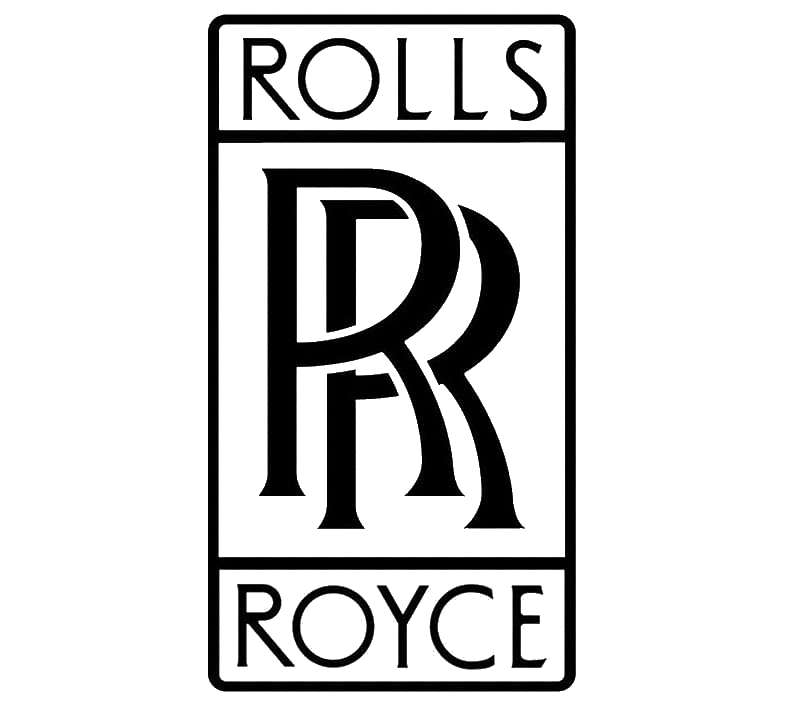Bell X-1A
Glamorous Glennis
 |
|
| X-1 #46-062, nicknamed Glamorous Glennis | |
| Role | Experimental rocket plane |
|---|---|
| National origin | United States |
| Manufacturer | Bell Aircraft |
| First flight | 19 January 1946 |
| Status | Retired |
| Primary users | United States Air Force National Advisory Committee for Aeronautics |
| Number built | 7 |
.
History Bell Textron Inc.
Bell X-1 (Bell Model 44) Glamorous Glennis
First flight 19 January 1946
Status Retired
In 1942, the United Kingdom's Ministry of Aviation began a top secret project with Miles Aircraft to develop the world's first aircraft capable of breaking the sound barrier. The project resulted in the design of the turbojet-powered Miles M.52, with a maximum speed of 1,000 miles per hour (870 kn; 1,600 km/h) (over twice the existing airspeed record) in level flight, and able to climb to an altitude of 36,000 ft (11 km) in 1 min and 30 sec.
Mach 1 flight

The first manned supersonic flight occurred on 14 October 1947, over the Mojave Desert in California, less than a month after the U.S. Air Force had been created as a separate service. Captain Charles "Chuck" Yeager piloted USAF aircraft #46-062, nicknamed Glamorous Glennis for his wife. The airplane was drop launched from the bomb bay of a B-29 and reached Mach 1.06 (700 miles per hour (1,100 km/h; 610 kn)). Following burnout of the engine, the plane glided to a landing on the dry lake bed.: 129–130 This was XS-1 flight number 50.
Duration: 3 minutes and 5 seconds.3:05Subtitles available.CC Yeager exceeded
Photo Gallery
Bell Textron Inc.
Bell X-1 (Bell Model 44) Glamorous Glennis


Bell Textron Inc.
Bell Textron Inc.
Bell X-1 (Bell Model 44) Glamorous Glennis
General Info
- Crew: 1
- Length: 30 ft 11 in (9.42 m)
-
- X-1A, X-1B, X-1D: 35 ft 8 in (10.87 m)
- X-1C: 35.0 ft (10.67 m)
- Wingspan: 28 ft 0 in (8.53 m)
-
- X-1E: 22 ft 10 in (6.96 m)
- Height: 10 ft 10 in (3.30 m)
- Wing area: 130 sq ft (12 m2) ⠀
-
- X-1E 115 sq ft (10.7 m2)
-
-
Powerplant
- Gross weight: 12,250 lb (5,557 kg)
-
- X-1A, X-1B, X-1C, X-1D: 16,487 lb (7,478 kg)
- X-1E: 14,750 lb (6,690 kg)
- Powerplant: 1 × Reaction Motors XLR11-RM-3 4-chamber liquid-fuelled rocket engine, 6,000 lbf (27 kN) thrust
-
- X-1E: Reaction Motors RMI LR-8-RM-5 6,000 lbf (27 kN)
Specifications
- Maximum speed: 1,612 mph (2,594 km/h, 1,401 kn)
-
- X-1E: 1,450 mph (1,260 kn; 2,330 km/h)
- Maximum speed: Mach 2.44
-
- X-1E: M2.24
- Endurance: 5 minutes powered flight
-
- X-1A, X-1B, X-1C, X-1D: 4 minutes 40 seconds powered flight
- X-1E: 4 minutes 45 seconds powered flight
- Service ceiling: 70,000 ft (21,000 m)
-
- X-1A, X-1B, X-1C, X-1D: 90,000 ft (27,000 m)
- X-1E: 75,000 ft (23,000 m)
-
-
Armament
- None
-
-
-
Links to Youtube & Others
The UH-60 entered service with the U.S. Army's 101st Combat Aviation Brigade of the 101st Airborne Division in June 1979.[92] The U.S. military first used the UH-60 in combat during the invasion of Grenada in 1983.
Bell X-1 (Bell Model 44) Glamorous Glennis
Eliminate threats at unimaginable range. With anti-armor and air-to-air missiles, the Bell AH-1Z
Youtube Link
Eliminate threats at unimaginable range. With anti-armor and air-to-air missiles, the Bell AH-1Z















.svg.png)